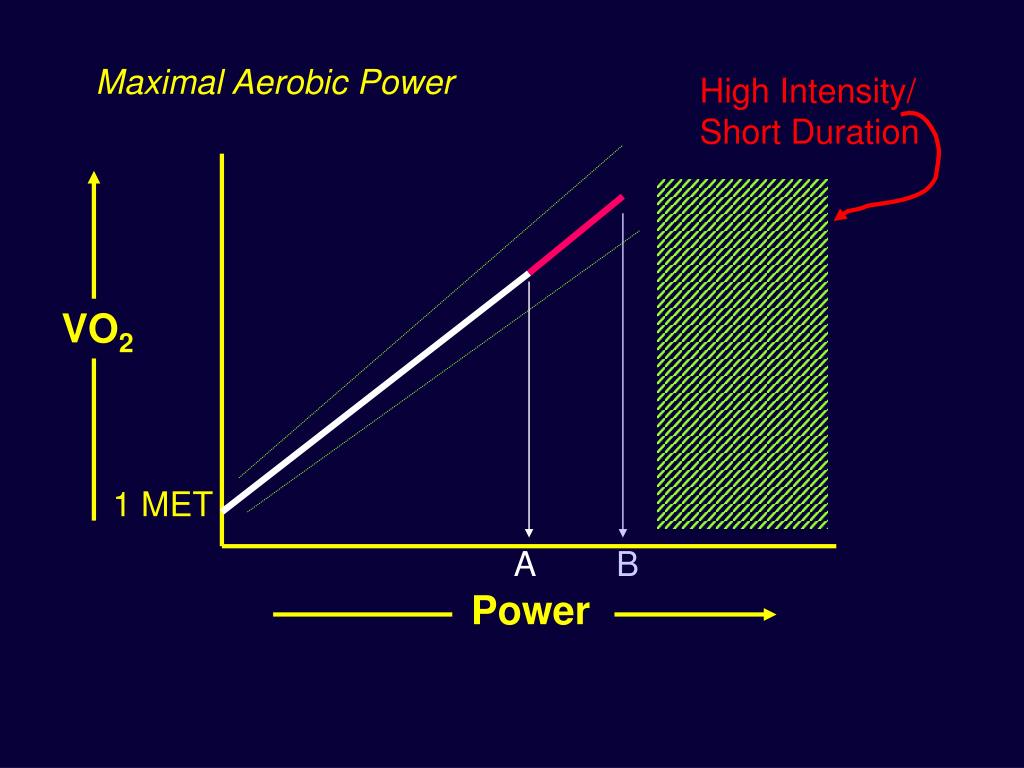

Unsourced material may be challenged and removed. Please help improve this section by adding citations to reliable sources. Aerobics gained greater popularity, spreading worldwide after the release of Jane Fonda's Workout video in 1982, sparking an industry boom. At the same time, Judi Missett's Jazzercise was taking off in the form of dance studio franchises in the U.S. in the hands of hundreds of instructors in the 1970s.

Sorensen began teaching her method and spreading it throughout the U.S. Īerobic dancing was invented by Jacki Sorensen in 1969, inspired by Cooper's book. Cooper published a mass-market version The New Aerobics in 1979. At the time the book was published there was increasing awareness of the need for increased exercise due to widespread weakness and inactivity. In 1968, he published Aerobics, which included exercise programs using running, walking, swimming and bicycling. He began using a bicycle ergometer to measure sustained performance in terms of a person's ability to use oxygen. Cooper, an exercise enthusiast, was puzzled about why some people with good muscular strength were prone to perform poorly at activities such as long-distance running, swimming, and bicycling. Pauline Potts, a physical therapist, both of the United States Air Force. Cooper, an exercise physiologist, and Col. See also: Aerobic exercise § History, Exercise § History, and Fitness culture A water aerobics class at an Aquatic Centreīoth the term and the specific exercise method were developed by Dr Kenneth H. Each class is designed for a certain level of experience and taught by a certified instructor with a specialty area related to their particular class. Many gyms offer different types of aerobic classes. Aerobics classes may allow participants to select their level of participation according to their fitness level. Formal aerobics classes are divided into different levels of intensity and complexity and will have five components: warm-up (5–10 minutes), cardiovascular conditioning (25–30 minutes), muscular strength and conditioning (10–15 minutes), cool-down (5–8 minutes) and stretching and flexibility (5–8 minutes). With the goal of preventing illness and promoting physical fitness, practitioners perform various routines comprising a number of different dance-like exercises. It is usually performed to music and may be practiced in a group setting led by an instructor ( fitness professional), although it can be done solo and without musical accompaniment. Step aerobics in a gym A dance aerobics classĪerobics is a form of physical exercise that combines rhythmic aerobic exercise with stretching and strength training routines with the goal of improving all elements of fitness ( flexibility, muscular strength, and cardio-vascular fitness). JSTOR ( August 2017) ( Learn how and when to remove this template message).Please help improve this article by adding citations to reliable sources. This article needs additional citations for verification.


 0 kommentar(er)
0 kommentar(er)
